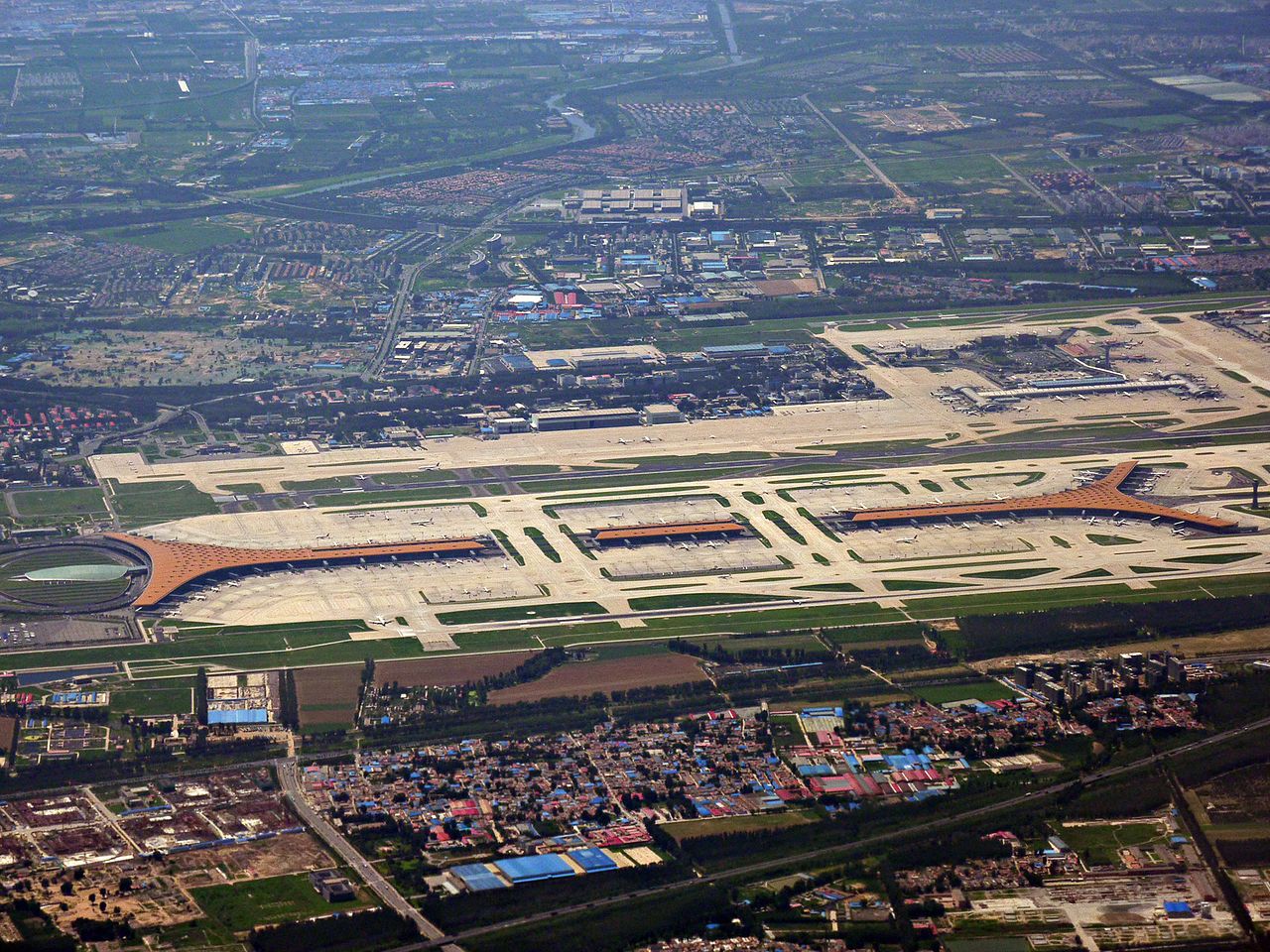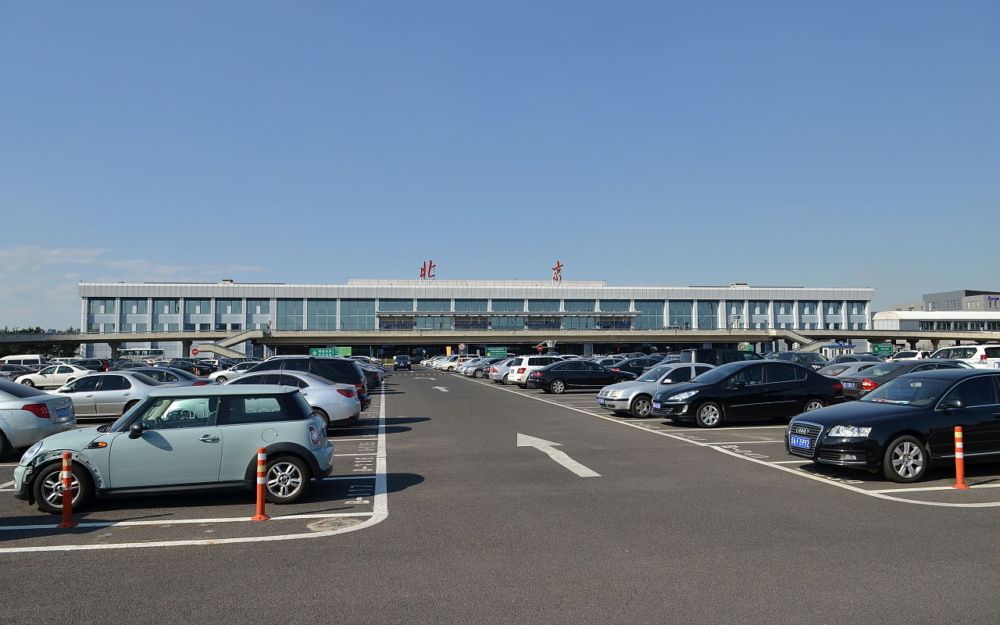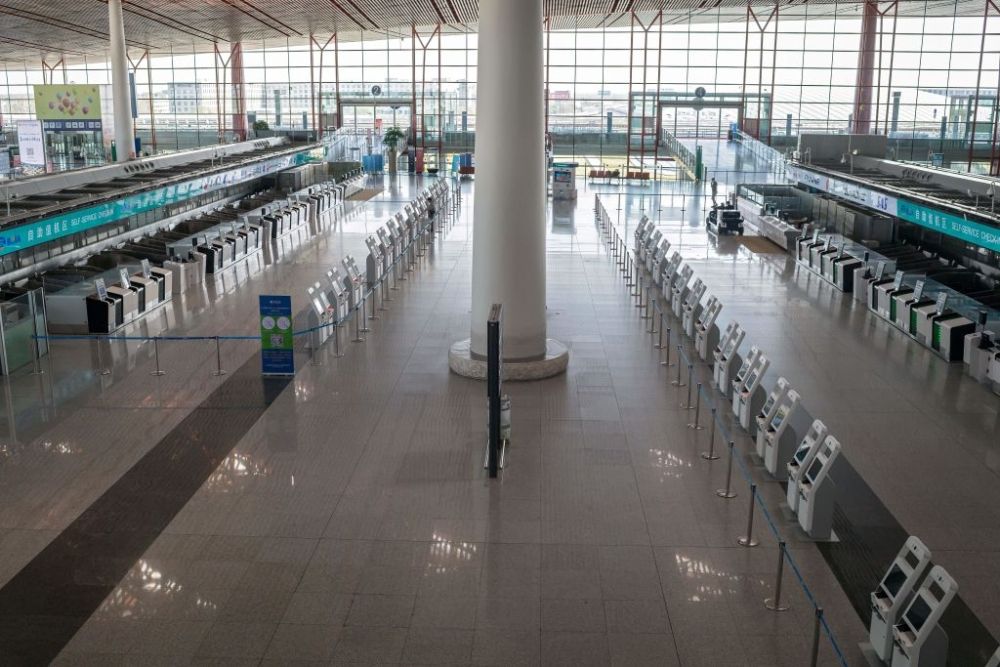Beijing Capital International has consistently been one of the world's busiest airports, even ranking second until recently. A hub for Air China and Hainan Airlines, the airport also serves as a focus destination for Sichuan Airlines, Shenzen Airlines, and Shandong Airlines. Now boasting three runways, it has been operational for more than six decades.
Beijing Capital wasn't always the high-ranking airport that we know it as today. Indeed, when it opened for business in March 1958, it had just one runway and one terminal. However, it has since grown to have three terminals, which more than 100 million passengers have passed through in certain years. While an impressive facility, the airport's limited capacity was a factor in the construction of Beijing's new Daxing International Airport (PKX).
Get your boarding pass to the flight of the year. The Future Flying Forum is taking off soon!
In the beginning
March 1st, 1958 marked the opening of Beijing Capital Airport. A relatively unassuming facility at the time, its terminal was small, and its single runway measured just 2,500 meters long. The first international arrival that the facility processed was a Pakistan International Airlines flight from Islamabad. However, it wasn't long before expansion began.
Both the runway and the terminal facilities were the subject of growth in the mid to late 20th century. The initial runway has been the subject of two extensions, that have seen it stretched to 3,200 (1966) and 3,800 (1982) meters long. Similarly, by 1980, the original terminal was not fit for purpose, and was replaced by a larger Terminal 1 that remains in place today.
Impressive growth
Just before Terminal 1's opening, a second runway was also completed. Opening in 1978, this new landing strip measured 3,200 meters in length. Despite this additional capacity, the airport's terminal itself soon became inadequate due to rising passengers numbers. This prompted the opening of a second terminal in 1999 to accommodate the high demand.
The 2008 Olympics galvanized further growth, with a new runway (2007) and terminal (2008) opening in time for the games. Just after this, in 2010, the airport became the world's second-busiest by passenger numbers. It held this title throughout the 2010s, before the global health events of 2020 caused something of a reshuffle in this regard.
Knocked off its perch
The onset of the coronavirus pandemic last year impacted the world of commercial aviation in a multitude of ways. With passenger demand hit hard, the rankings of the world's busiest airports underwent something of a reshuffle. Beijing Capital International wasn't immune from this, and fell from second to seventh in the overall rankings or 2020.
Indeed, having processed over 100 million passengers in 2018 and 2019, this figure fell to just 34.5 million last year. However, with the industry now seemingly over the worst of the impacts of the global health crisis, Beijing Capital will be looking to head back towards its previous nine-digit figures. If and how it will manage to do so remains to be seen.
What do you make of Beijing Capital? Have you ever used what was once the world's second-busiest airport? Let us know your thoughts and experiences in the comments!



